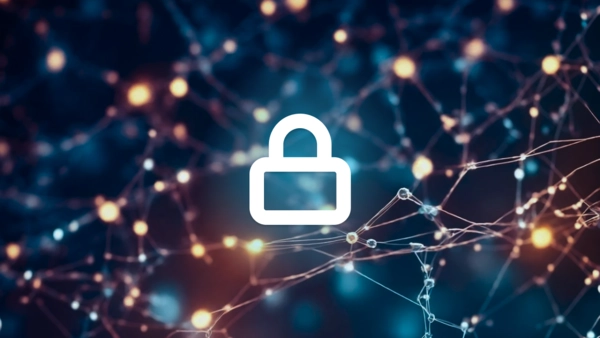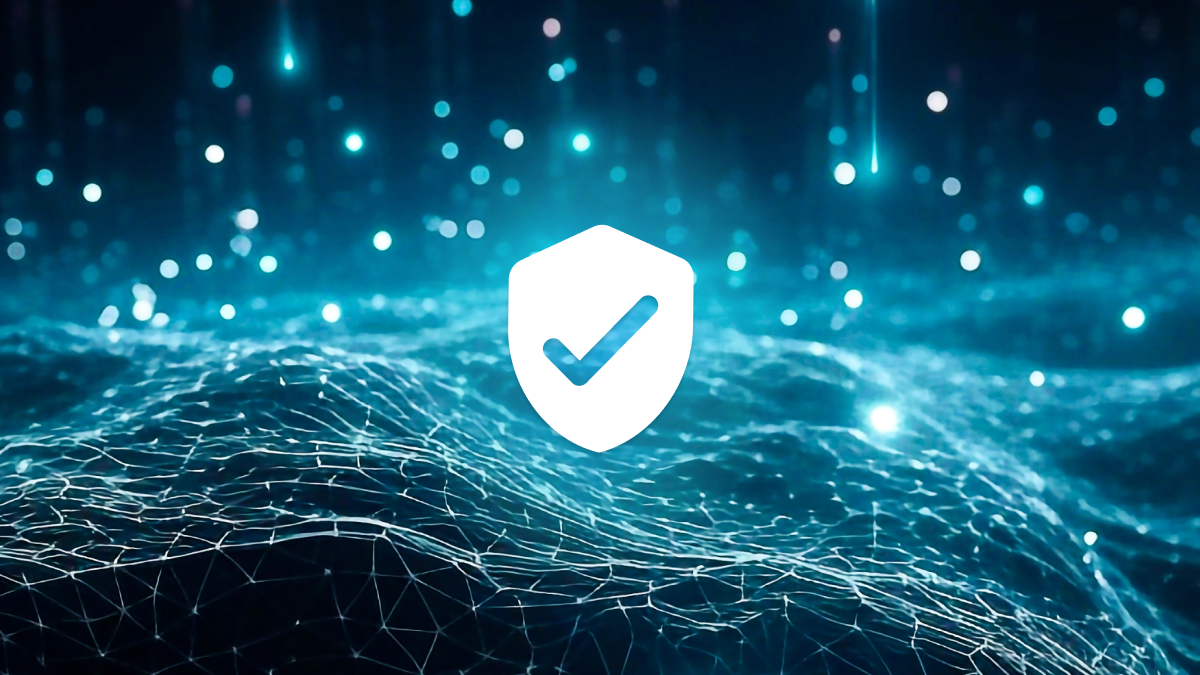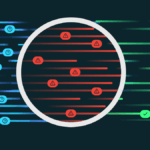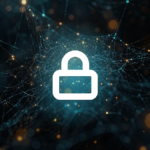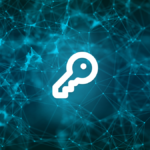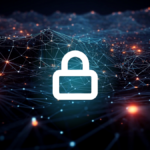A digital transformation is taking place on the frontline. Employees who were once underserved by enterprise technology are now gaining access to modern SaaS tools that drive efficiency, collaboration, and real-time decision-making.
For organizations, it’s a powerful opportunity to unlock greater productivity at scale. But it also introduces new risks. Each new endpoint expands the attack surface. And without the right controls, data exposure is almost a given.
So how can organizations empower their frontline teams without compromising security? Here’s how forward-thinking organizations are making frontline SaaS work—securely.
What are frontline SaaS apps?
Nurses, factory workers, construction crews. There are nearly 3 billion frontline workers around the world, many of whom still lack consistent access to a laptop or PC. But that’s starting to change.
The rise of mobile-first tools like Microsoft for Frontline Workers, Slack, and industry-specific collaboration platforms is accelerating digital transformation at the edge of the workforce. When these employees are equipped with technology designed for the realities of their roles, productivity can increase by an average of 22%.
Frontline SaaS applications span both general-purpose and industry-specific tools. Widely adopted apps like Microsoft Teams and Slack enable frontline teams to communicate in real time, manage tasks, and capture data more accurately, while industry-specific apps tailor to the unique workflows of specialized workforces.
Frontline SaaS: The security risks undermining productivity
Frontline SaaS apps are shaping the future of deskless work. But without a robust security strategy in place, they can also introduce significant risk to your organization’s security posture.
Here are the key SaaS security risks to be aware of:
Data leakage
Collaboration tools make it easier than ever for frontline employees to access and share key information. But that ease of access can be a double-edged sword.
In fast-paced, high-touch environments, simple mistakes—like sending a file to the wrong person—can lead to serious data exposure. Sensitive documents might be shared with unauthorized teammates, third-party vendors, or even external users. If that data falls under regulatory protection, the consequences can include costly compliance penalties and reputational damage.
Shadow IT
When frontline workers don’t have access to approved tools—or if official apps are too clunky or slow—they’ll often find workarounds. That might mean using unsanctioned messaging apps, cloud storage platforms, or personal devices to get the job done.
The problem? These tools fall outside the visibility and control of your IT and security teams. That creates blind spots in your security architecture, making it harder to enforce policies or respond quickly when something goes wrong.
Malicious data exfiltration
Frontline workers often handle sensitive operational, customer, or patient data. Without proper monitoring, a malicious insider inside your organization could quietly exfiltrate that data.
Unlike knowledge workers, frontline employees may not be connected to traditional endpoint detection tools or behavior analytics platforms. That makes it easier for malicious activity to go unnoticed, especially when it’s masked as routine collaboration or file sharing.
Non-compliance
Frontline environments are often governed by strict regulatory requirements—particularly in sectors like healthcare, manufacturing, and construction. When frontline SaaS tools are adopted without clear data governance, organizations risk falling out of compliance with standards like HIPAA, GDPR, or OSHA recordkeeping rules.
Whether it’s missing audit trails, improper access controls, or a lack of encryption, even minor oversights can lead to regulatory breaches and fines.
How to secure frontline SaaS apps in real-time
The first step to securing frontline SaaS apps is acknowledging the responsibility. Too often, organizations assume that platforms like Slack or Microsoft Teams are fully secure out of the box. But these tools operate within the cloud’s shared responsibility model—meaning the provider secures the infrastructure, while the organization is accountable for securing the data within it.
That includes controlling how sensitive information is shared, who has access to it, and how the tools themselves are configured. Unfortunately, native security features in Slack and Teams often lack the granularity needed to meet enterprise compliance standards—particularly in regulated industries.
The good news is that there are practical, real-time solutions that can help you maintain control without slowing down collaboration. Here’s what to do.
Implement role-based access control (RBAC)
Start with the fundamentals. RBAC ensures that users only have access to the data and tools they need to do their jobs and nothing more. For frontline teams, this means tightly scoped permissions based on job functions, shift patterns, or location.
Embrace runtime data security
The key to securing frontline apps like Slack and Teams lies in real-time monitoring and enforcement. That’s where tools like Polymer come in. Polymer is built for the realities of frontline SaaS: fast-paced, high-volume, and constantly evolving.
As an agentless runtime data security platform, it provides deep, real-time visibility into messages, files, and images shared across your environment without disrupting the user experience.
Polymer’s engine understands what data is being shared and who is sharing it. Using policy-based automation and AI-powered classification, it detects and redacts sensitive information based on data type, user role, and behavioral context. That means high-fidelity protection against accidental exposure and insider risk, delivered precisely when and where it’s needed.
Train your users with human risk management
Just as you likely have policies for email and social media, you should have clear, documented guidelines for how employees use tools like Slack, Teams, or any frontline communication channel. These policies should cover data sharing, incident reporting, regulatory boundaries, and the appropriate handling of sensitive information.
But policies only work if they’re followed, and that requires more than an annual training session. Traditional formats like long-form eLearning or security away days often fail to stick. Today’s best-in-class training solutions take a different approach: they’re embedded directly into employee workflows.
Instead of lectures, tools like Polymer combine runtime data security with timely, contextual nudges—alerts that appear in the moment when someone makes a risky decision. Over time, these nudges enable organizations to build a culture of security amongst their frontline staff—without putting security at risk in the process.
See how Polymer can help you empower your frontline securely. Request a demo now.

